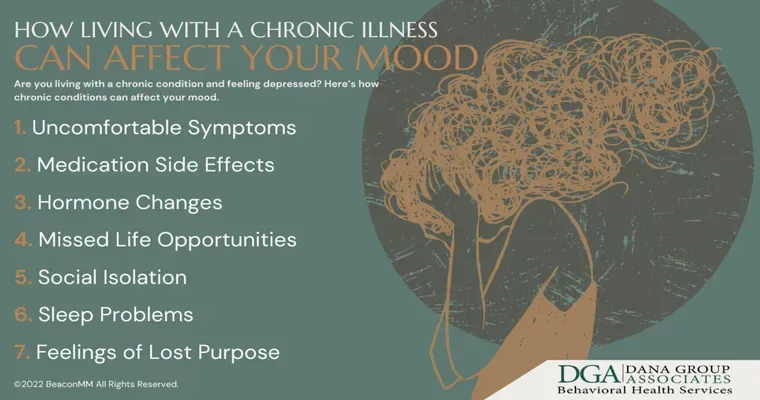Caring for a loved one in hospice care can be a profoundly emotional experience, especially when it involves your "mom" who is 75 years old and battling "cancer" that has spread throughout her body. As her primary caregiver, you may find yourself navigating a complex landscape of "pain management", emotional support, and making the most of the time you have left together. While your mother remains alert and is able to eat and drink, the reality of her condition may weigh heavily on your heart.
Having your mom in hospice at home allows for a familiar and comfortable environment during her final days. It can be a blessing, as it grants you both the opportunity to create lasting memories in a space filled with love. However, the challenges of managing her care can be daunting, particularly when her "pain" becomes difficult to control. Here are some tips to help you provide the best care for your mom during this sensitive time.
Understanding Hospice Care at Home
Hospice care focuses on providing comfort and support rather than curative treatment. It is essential to understand that the goal of hospice is to enhance the quality of life for your mom and to ensure that she is as comfortable as possible. This involves a multi-disciplinary team that may include doctors, nurses, social workers, and spiritual advisors, all working together to provide comprehensive care.
Pain Management Strategies
Managing "pain" effectively is crucial for your mom's comfort. Communicate openly with her healthcare team about her pain levels and any changes you notice. They may prescribe medications such as opioids or palliative care interventions to help alleviate her discomfort. It's also important to consider non-pharmacological approaches, such as gentle massage, warm baths, or aromatherapy, to help soothe her.
Emotional Support and Communication
Being alert and able to communicate is a blessing, as it allows for meaningful conversations and emotional connection. Take time to sit with your mom, listen to her thoughts, and share your feelings. Engaging in activities that she enjoys, such as reading her favorite books or listening to music, can provide comfort and joy during this difficult time. Encourage her to express her fears and wishes, as this open dialogue can be healing for both of you.
Involving Family and Friends
Caring for a terminally ill parent can be overwhelming, and it's essential to lean on your support network. Involve other family members and friends in caring for your mom, whether it's through visits, meal preparation, or simply providing companionship. This shared experience can help lighten the emotional load and create a stronger family bond during a challenging time.
Creating a Comfortable Environment
Make your home as comfortable as possible for your mom. Arrange her living space to minimize discomfort and ensure easy access to essentials. Soft lighting, cozy blankets, and familiar photos can create a soothing atmosphere. Additionally, consider her favorite scents, sounds, and tastes to help make her feel at peace.
Taking Care of Yourself
As a caregiver, it’s easy to neglect your own needs. Remember that your well-being is just as important as your mom's. Take breaks when needed, seek support from friends or professional counselors, and engage in self-care activities. By caring for yourself, you will be better equipped to provide the love and support your mom needs.
Conclusion
Caring for your mom in hospice at home can be both a privilege and a challenge. While the pain and emotional strain can be overwhelming, focusing on comfort, open communication, and support can help you navigate this difficult journey together. Cherish the moments you have, and remember that your love and care make a significant difference in her quality of life during this time.





